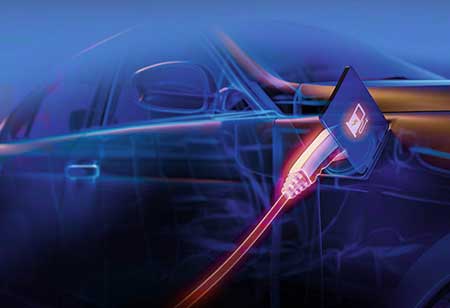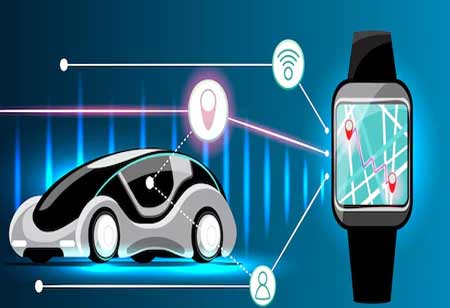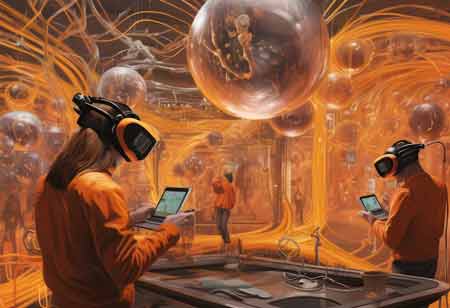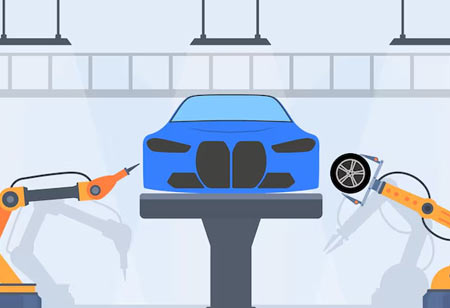THANK YOU FOR SUBSCRIBING
THANK YOU FOR SUBSCRIBING
Be first to read the latest tech news, Industry Leader's Insights, and CIO interviews of medium and large enterprises exclusively from Auto Tech Outlook

By
Auto Tech Outlook | Friday, October 24, 2025
Stay ahead of the industry with exclusive feature stories on the top companies, expert insights and the latest news delivered straight to your inbox. Subscribe today.
The future of autonomous vehicles will depend on innovation, safety, and collaboration in overcoming ethical and regulatory challenges.
Fremont, CA: Autonomous vehicles (AVs) are set to revolutionize transportation by making it safer, more efficient, and greener. These vehicles use advanced sensors, machine learning algorithms, and AI to process large amounts of data in real-time environments, ensuring safety. However, implementing AVs presents practical challenges, as they must consider human behavior, such as predicting pedestrians, cyclists, and other drivers' actions. Designing robust algorithms that can handle the nuances of driving in real life is a significant challenge, as the theoretical framework is complex and influenced by human behavior.
From a theoretical standpoint, the basis for AV technology is also faced with ethical dilemmas. For instance, how to react in emergencies is often called the "trolley problem." How should an AV decide, for example, to save the lives of its occupants while sacrificing the lives of pedestrians? It remains a technological as well as moral challenge that requires societal consensus.
From a pragmatic point of view, the deployment of autonomous vehicles is highly hindered by various barriers, among them readiness in infrastructure. Most urban environments need to be better set up for AVs, and neither have they ensured the integration of intelligent traffic lights, dedicated lanes, and effective traffic management systems. All these and more require massive investment and coordination among local communities, government agencies, and private companies. In the absence of such structures, the impact of this technology is drastically hindered.
Due to outdated laws, the urgent challenge lies in complex liability issues in shared spaces with autonomous vehicles (AVs). Policymakers should establish innovative regulations for automotive manufacturers, technology companies, and governments, as existing laws lack nuances.
Public perception is a vital aspect that allows the practical deployment of AVs. Many are fascinated by the technical possibility of a self-driving car. However, fears of safety, the loss of jobs in the driving sector, and concerns with privacy with all of one's data fully intact present some stiff challenges. This requires education and outreach in which people learn to debunk their fears and engender a grassroots trust in the technology. Only by involving people in debate about the benefits and hazards surrounding AVs can this new attitude toward them be more informed.
The technological infrastructure that supports AVs, including reliability in connectivity and data security, forms yet another practical challenge. Autonomous vehicles must continually upload to and download from cloud services for updates, navigation, and real-time traffic information. Such data is sensitive, and security control against cyber threats is rigorous because breaches could have dire consequences regarding safety and privacy.
Although the theoretical advantages associated with autonomous vehicles may seem very obvious, in practice, these had to contend with multiple and complex challenges. They pose a challenge in navigating ethical dilemmas or enhancing infrastructure readiness, as well as with the intricacies of regulation hurdles and public perception. However, in collaboration with stakeholders, further innovations, and the emphasis on safety and public trust, the vision of future living in a society populated by autonomous vehicles may yet become a reality. The destination may be long, but the destination ensures a better future for a much safer, more efficient, sustainable transportation system.
 Copyright © 2025 AutoTech Outlook. All Rights Reserved | Privacy Policy | Subscribe | Sitemap | About us | Feedback Policy | Editorial Policy
Copyright © 2025 AutoTech Outlook. All Rights Reserved | Privacy Policy | Subscribe | Sitemap | About us | Feedback Policy | Editorial Policy 



